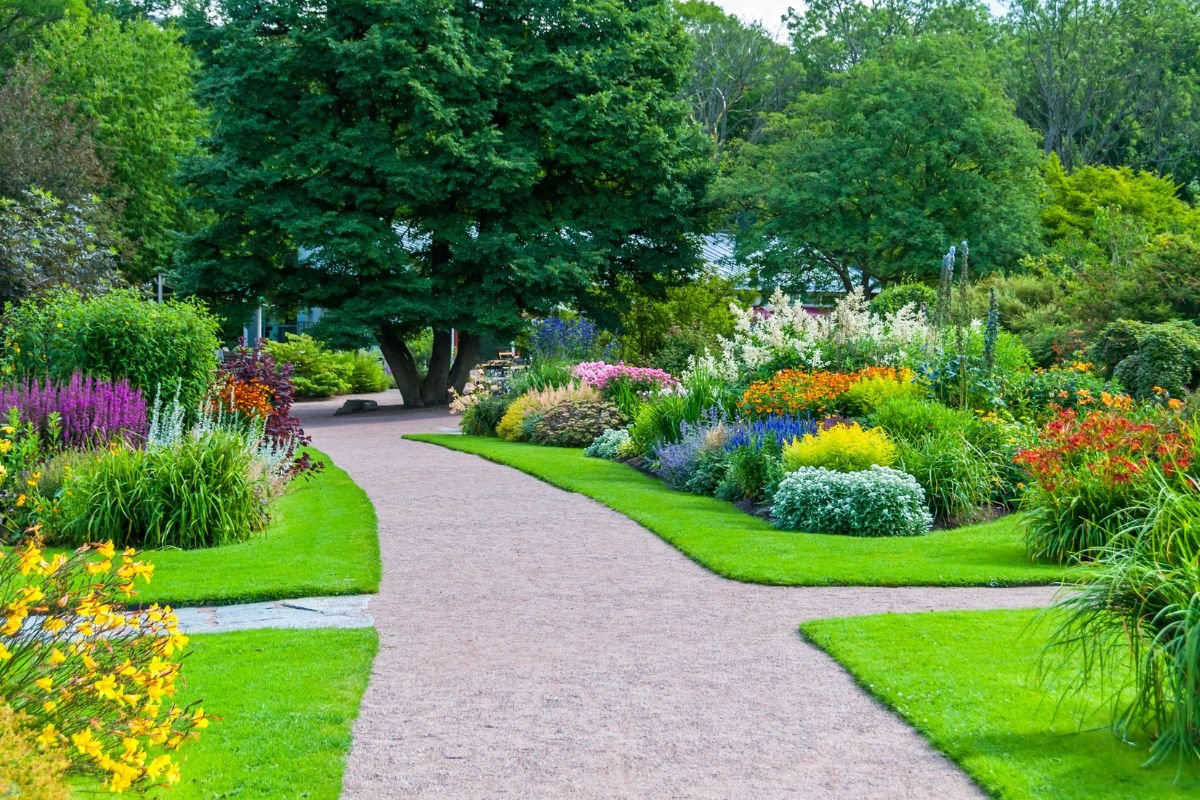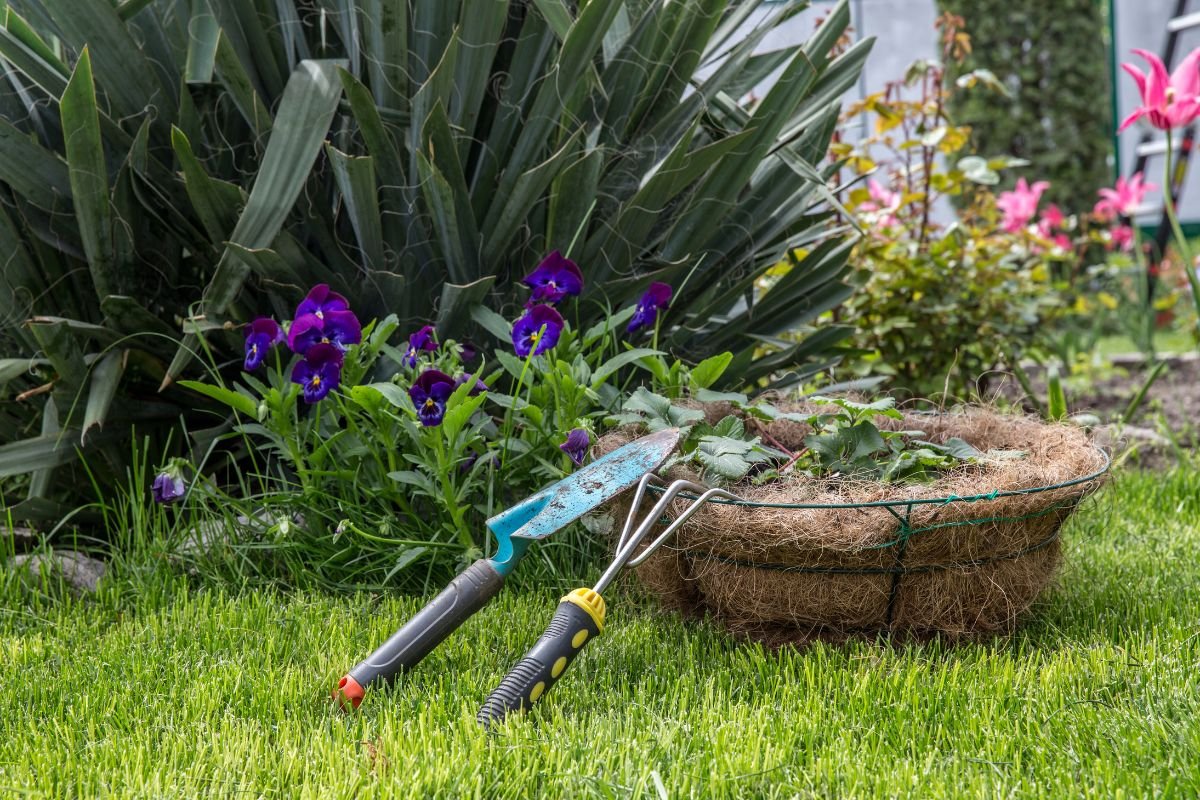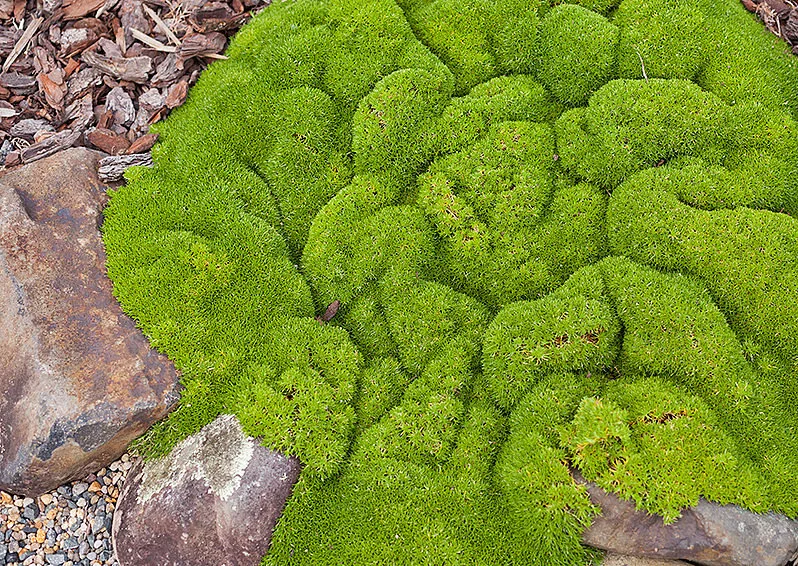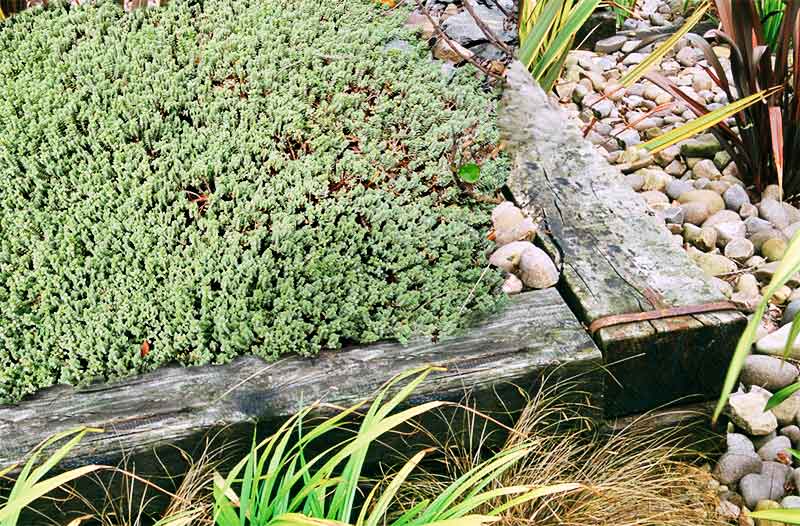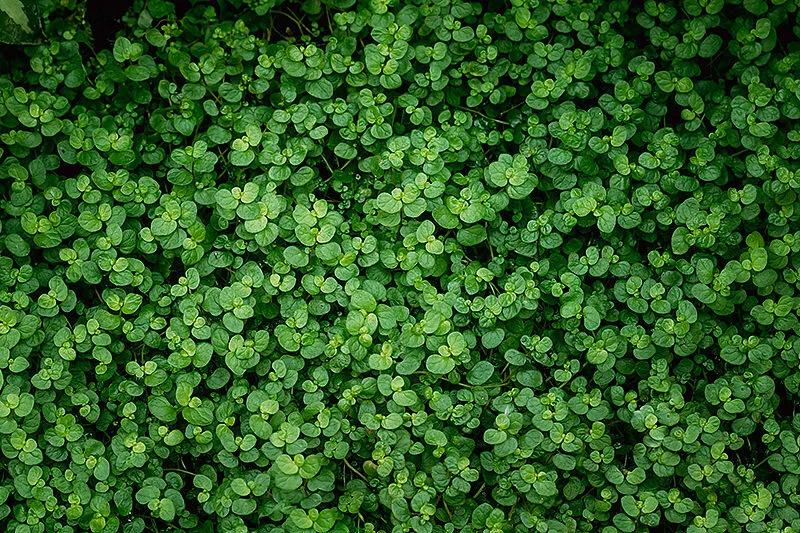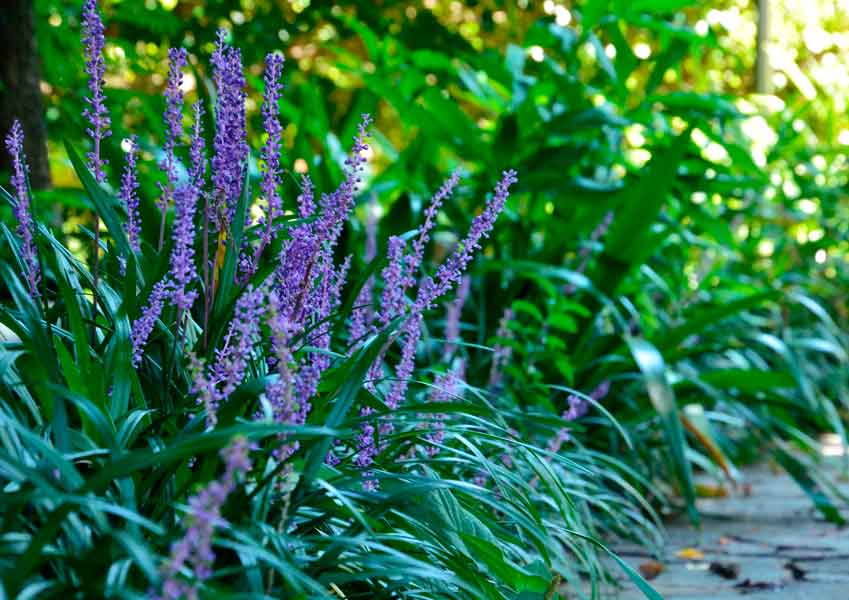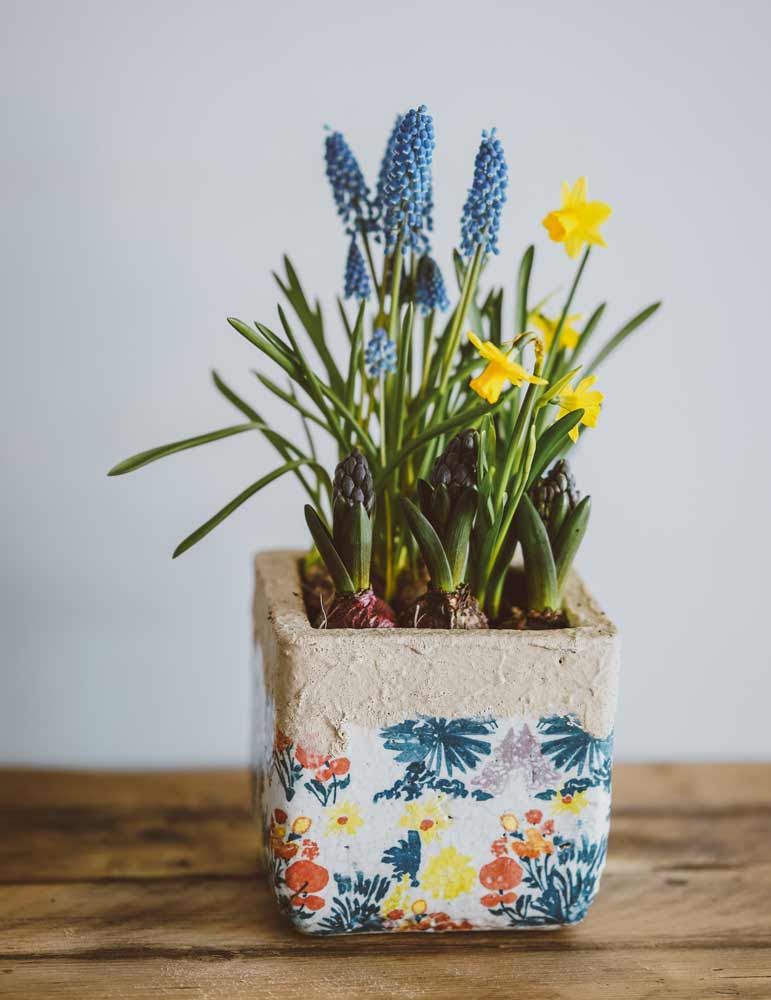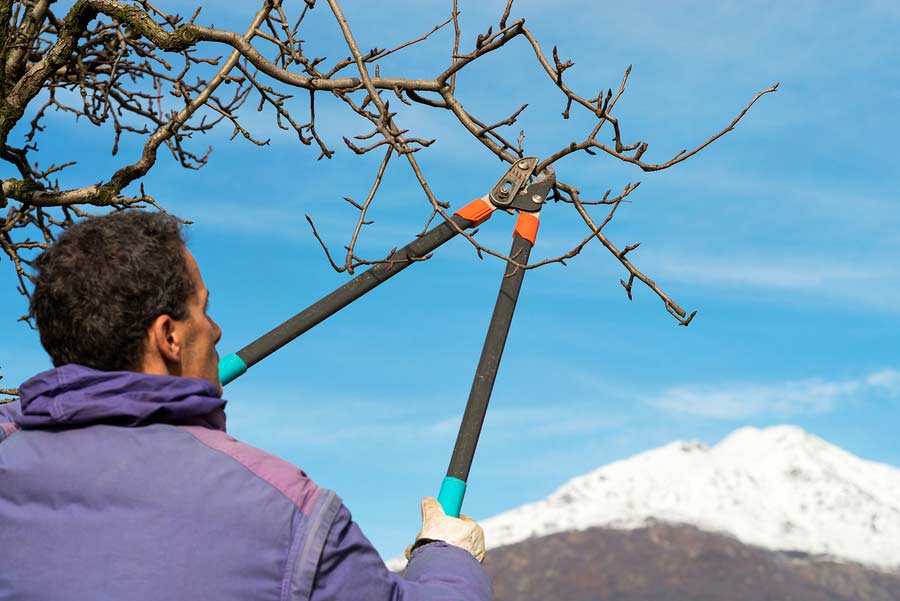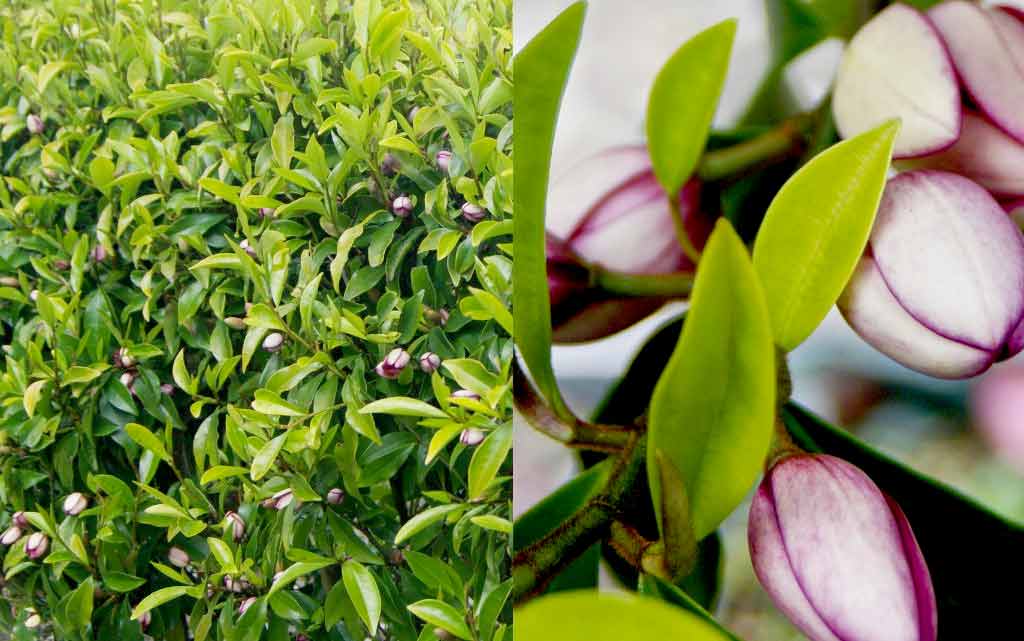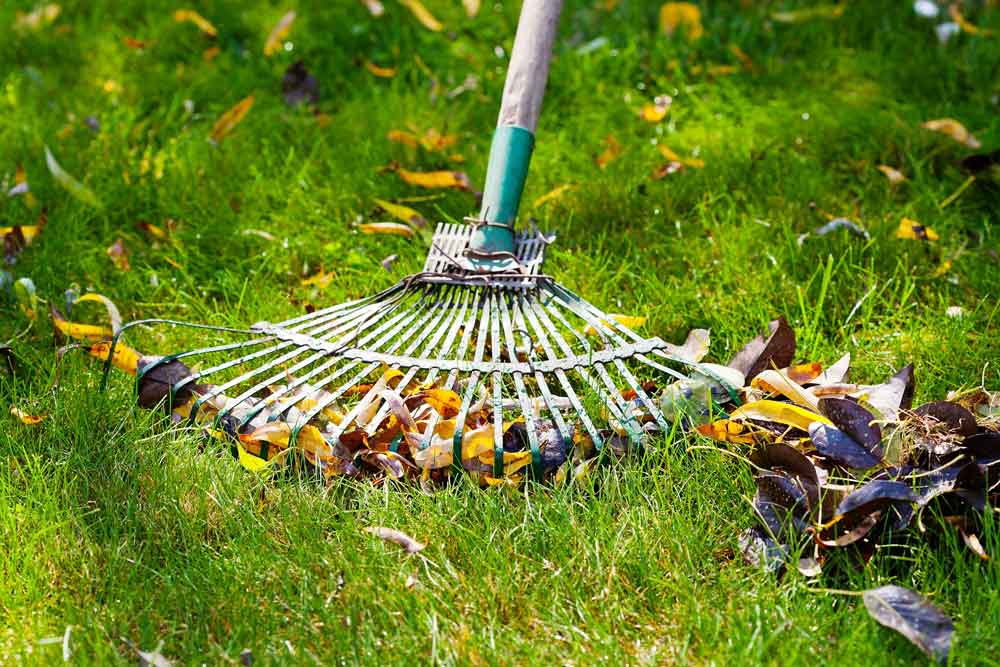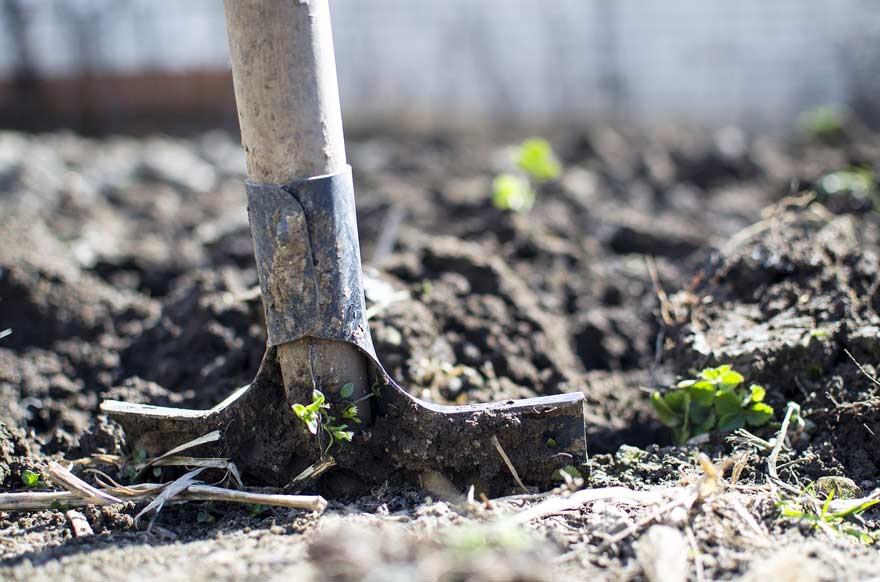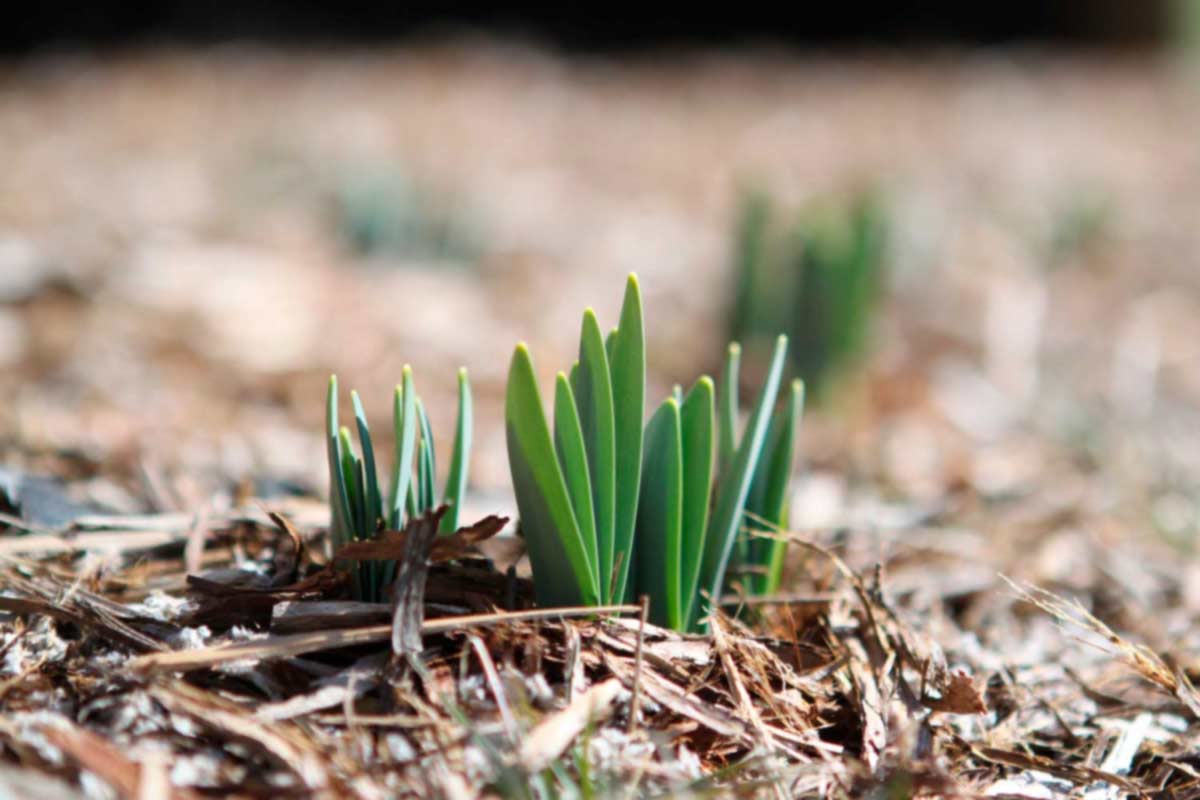It’s always a sight to behold when you’re looking out the window of an aeroplane and see crops planted neatly on farmland below. The effect is like a quilted blanket, with paddock after paddock containing various plants that are bursting with colour and life.
But what you may not know is that if those farmers planted those same crops in those same places the following year, a whole lot of inconvenience might be in store.
If you don’t rotate your plants in what is known as crop rotation, then your soil can suffer. Pests will move in, soil nutrients will almost disappear, and you will need artificial fertiliser to offer any semblance of health and vitality for those plants.
This is not a farmer’s problem alone, for even the average gardener can experiences benefits from crop rotation in New Zealand and consequences without one. Those who spend a little bit of time formulating a crop rotation plan can enjoy a reduced need for pest control, a smaller risk of soil-borne disease, and even a reduced risk of nutrient loss.
If the time has come to prepare your vegetable garden for a new year of growth, then read on. It’s time to build a crop rotation plan for the best chance of growth success.
How do I get started?
After you’ve had a bit of a garden clean-up, identify how many garden beds you have to play with in your yard. You can then formulate a new crop rotation plan in NZ based on your garden bed layout. If you have four beds, then that means each crop type will not end up in the area in which it started for four years.
The next step is to work out what you want to plant and how you will group them. Your vegetables should be planted based on their growth, pest preferences, and general requirements. The more similar the plants are, the better they will work together in a separate garden bed (generally!)
What plants should I group?
Many gardeners who see the value in crop rotation in NZ stick with a traditional method. This method normally sees you planting legumes, root vegetables, fruit-bearing vegetables, and leafy greens in separate garden beds.
While, for the most part, this form of crop rotation works well, some growth habits of particular plants mean they are better suited together, rather than apart as the traditional rotation plan would have them be.
Therefore, it’s a better idea to plant your vegetables based on the family. For example, the cabbage family, or brassica, would see the pairing of broccoli, cabbage, cauliflower, kale, turnips, swedes, and similar.
Peas and beans would have their own bed, and so too would members of the Solanaceae family. In traditional crop rotations, potatoes and tomatoes would be planted separate (root vegetables and fruit-bearing), but their similarities see them better planted together.
Carrots and celery would fall into the root family, while pumpkin, squash, courgette, and cucumber come under ‘cucurbits’.
It may take some time to familiarise yourself with beneficial vegetable pairings, but once you do, you’ll never go back to any other method. Soil health and rewarding yields will follow.
How do I choose my crop rotation order?
Now that you have grouped your preferred vegetables, you then need to think about the rotation order. Believe it or not, it matters. If you’re not sure you can do this step on your own, you can rest assured there is always a gardening expert on hand to lend some assistance.
After you have finished planting your legumes in one garden bed, make sure your brassica family follows behind. Brassicas love the nutrient-rich soil left behind by the legumes. While potatoes, too, love such soil, they have different pH levels, so you shouldn’t plant them with your brassicas.
If you have put a lot of time and effort into fertilising your soil, then make sure you keep your root vegetables away from these garden beds. The plants’ leafy tops will likely thrive, but at the expense of the delicious root vegetables underneath the soil’s surface.
There are many helpful materials online that can help you plan your crop rotation in New Zealand, such as this one below.
First bed:
Lay down compost and plant tomatoes and potatoes together. Follow with leeks and onions.
Second bed:
Plant members of the Umbelliferae family, such as carrots and parsnips. You can also use this bed for lettuce and follow it up with green manure once winter hits.
Third bed:
In summer, plant your brassicas in the third garden bed, such as kale and cabbage. Once winter hits, plant winter varieties like Brussel sprouts.
Fourth bed:
Sow your legumes then add lime before you plant the brassicas that follow next in the crop rotation.
Form your crop rotation plan today!
Having a crop rotation plan is one of the best things you can do for your garden. However, it can be quite tricky. Every gardener has their own ideas of what works and what doesn’t, and the proof is often in the pudding.
Do your homework, talk to friends who have successful crop rotations of their own, and think about the kinds of vegetables you’d like to plant. You can then enjoy an organised and thriving crop that rotates seamlessly for many years to come.
























